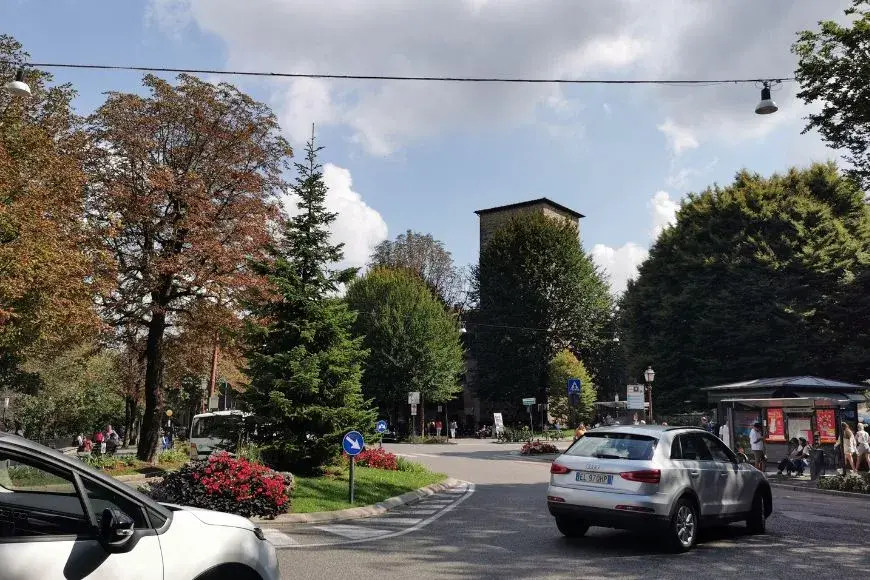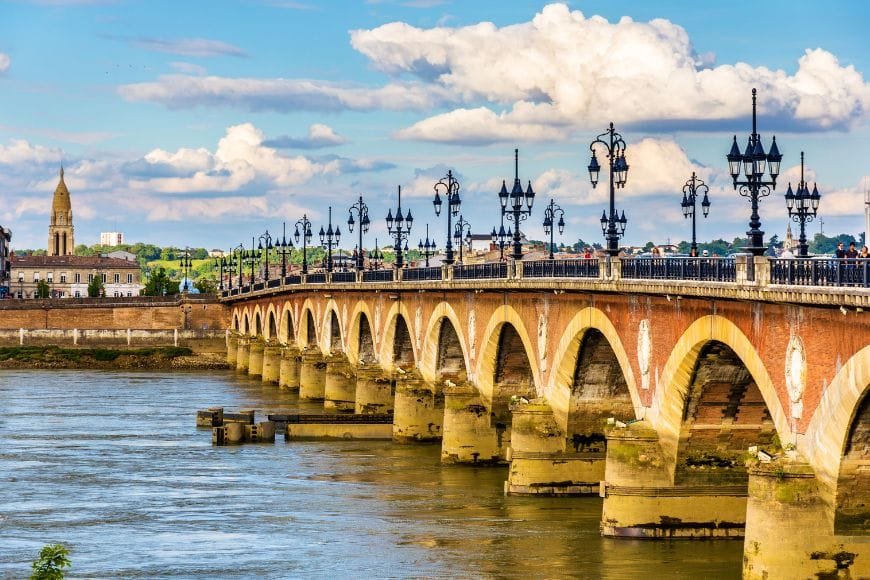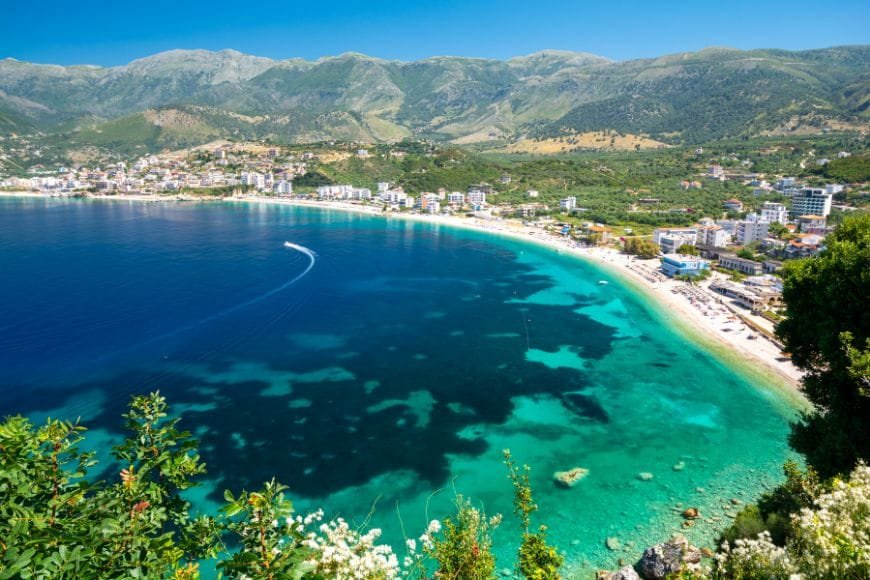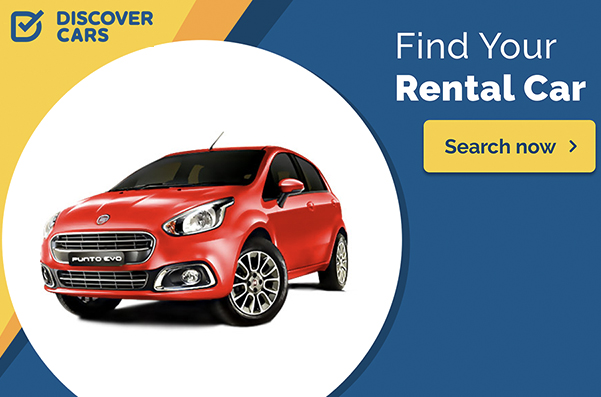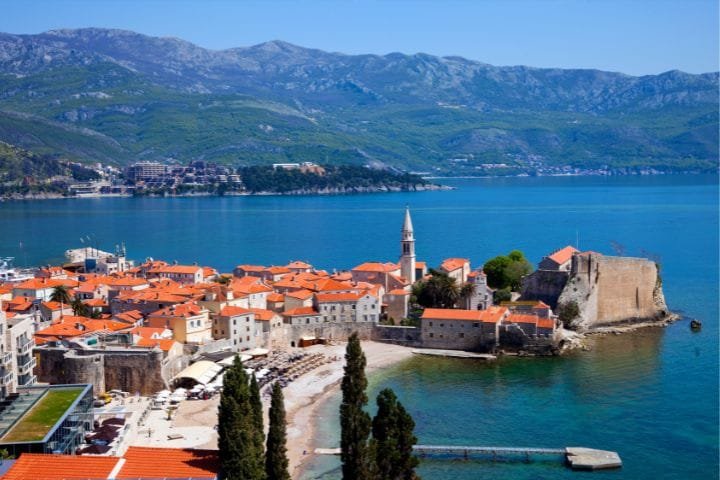How to Plan a European Road Trip in 2025: Routes, Tips & Essentials

by Abu | Last Updated November 30, 2025
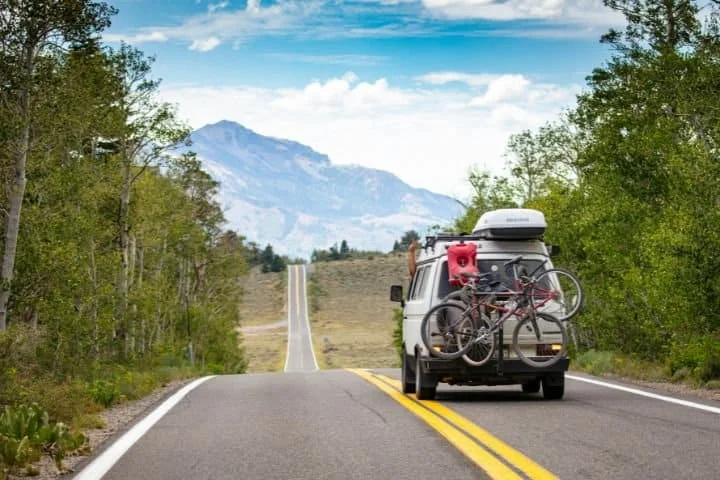
Planning a European road trip is exciting and challenging as well! Did you know that over 21 million Americans visit Europe yearly, with road trips becoming increasingly popular as travelers seek authentic experiences away from tourist hotspots? We have spent countless hours mapping routes across the continent, and there’s nothing quite like the freedom of exploring Europe’s various landscapes and cultures at your own pace.
From the sun-drenched coastal roads of the Mediterranean to the impressive mountain passes of the Alps, a well-planned European road trip offers wonderful experiences that package tours simply can’t match. But where do you start? In this complete guide, we will cover everything you need to know to plan your perfect European road adventure in 2025.
How to Choose the Perfect European Road Trip Route?
Picking the correct route can seriously make or break your European road adventure. We learned this the hard way when we spent three days stuck in summer traffic along the French Riviera when we could have been cruising through empty mountain roads just 30 miles inland!
- Start by thinking about what kind of experience you’re looking for. Beach hopping along Portugal’s Algarve hits differently than winding through Germany’s magical Black Forest routes. Both are amazing, but they offer different vibes.
- Consider the season, too. Our family trip through the Romantic Road in Bavaria was perfect in May – fewer tourists and gorgeous spring flowers everywhere. But those same roads get packed solid in July and August. Trust me, nothing kills the romance faster than sitting in a two-hour traffic jam outside Neuschwanstein Castle!
- Don’t try to cram too much into your itinerary. We aimed for 2-3 hours of driving per day max on our last trip, which left plenty of time for those unplanned detours that ended up being the highlight of our journey. Like that tiny vineyard in Slovenia where the owner insisted we stay for an impromptu tasting!
- For first-timers, the Munich to Vienna route via Salzburg gives you that perfect mix of autobahn, mountain passes and charming villages. You’ll get a taste of everything without being overwhelmed by complicated navigation or extreme driving conditions.
Essential Pre-Trip Planning Guides
Before planning your European road trip, make sure you read these core resources to prepare documents, tech, timelines, and your overall trip structure:
- European Road Trip Documents Checklist
- European Road Trip Technology Checklist
- European Road Trip Budget Planning Checklist
- European Road Trip Planning Timeline (6 Months)
- How to Plan a European Road Trip with Kids
- Best Times to Road Trip Europe
- Eco-Friendly Road Trip Tips for Europe
👉 For a complete overview of routes, planning tips, and regional guides, see our main guide to Europe Road Trips.
Vehicle Options for Your European Road Trip
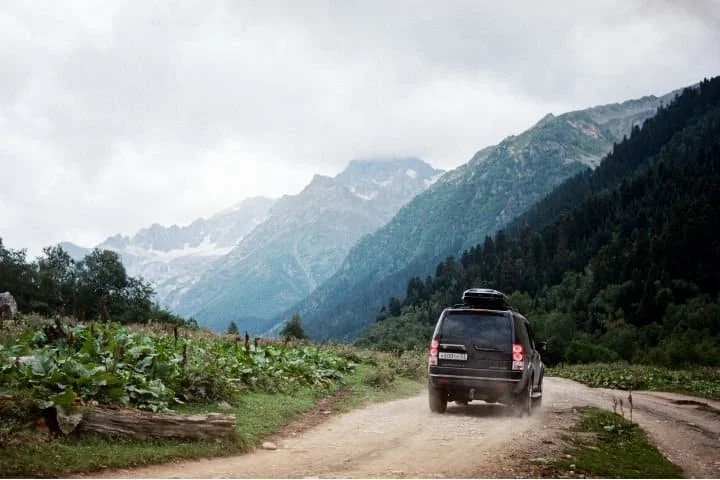
Picking the right ride for cruising around Europe can make or break your trip! After squeezing our family into a teeny Peugeot in France last summer, we have some thoughts to share.
- Most travelers go with rental cars unless you’re UK-based and fancy bringing your own wheels across the Channel. Renting gives you flexibility without the hassle of ferry bookings and international car insurance headaches. Our friends tried driving their own car from London to Croatia and spent hours sorting paperwork at every border!
- Don’t forget about International Driving Permits! Some countries like Italy and Austria won’t rent to you without one, even with your regular license. We learned this the hard way and had to scramble for a last-minute permit in Vienna. They’re usually cheap and easy to get back home, but a total pain to arrange while traveling.
- Insurance gets tricky when crossing borders. That basic coverage might not work in certain countries – especially Eastern Europe. We paid an extra €8 per day for full coverage that worked everywhere, and it saved our bacon when we scraped the car in a tight Croatian parking garage.
- Size-wise, compact cars rule for most European adventures. That BMW might look sweet on the Autobahn, but you’ll hate it when parking in Rome or navigating those tiny mountain villages. Our mid-size Skoda was perfect – enough room for luggage but still manageable on narrow streets.
Shop around for rentals! Comparison sites often beat direct bookings by 20-30%. We saved almost €200 on a two-week rental by booking six months ahead. And always, always read the fine print about fuel policies and mileage limits!
Essential Documents and Legal Requirements
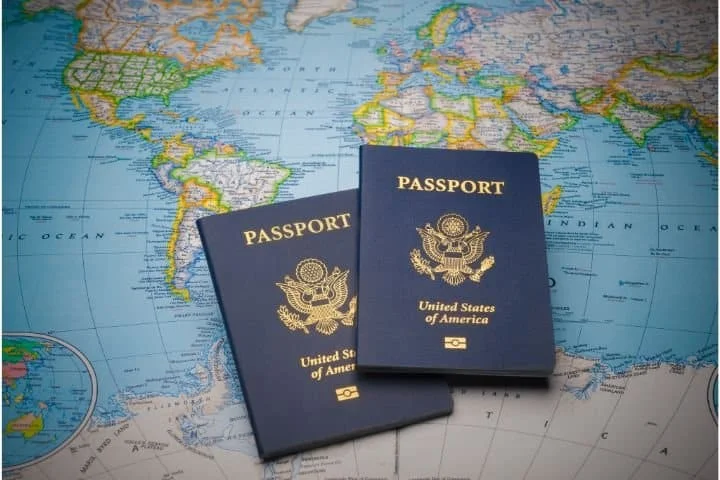
Getting your paperwork sorted for a European road trip isn’t the fun part, but it’s super important! We nearly got turned away at the Swiss border because we didn’t have the proper documents – talk about a heart-stopping moment.
Every European country requires your driver’s license, but many also expect an International Driving Permit alongside it. These cheap permits (usually around $20) are basically translations of your license and are mandatory in countries like Italy, Austria, and Greece.
Road rules can catch you off guard if you’re not prepared. In France, you’re required by law to have high-vis vests for everyone in the car, a warning triangle, and even breathalyzers! And don’t get me started on roundabout rules – they differ between countries, and locals get pretty annoyed when you mess them up.
Highway Vignettes confused us on our first trip! These are basically highway tax stickers needed in places like Switzerland, Austria, and the Czech Republic. You’ll need to buy them before hitting their highways, usually at border gas stations. We got slapped with a €120 fine in Slovenia because we thought we’d see a toll booth instead!
Environmental zones are popping up everywhere, especially in German cities. Your vehicle needs a special emissions sticker to enter these areas. Most rental companies include these, but double-check before you accidentally drive into the ZTL restricted zone and face a hefty fine.
Post-Brexit, UK drivers face extra steps. Depending on your trip length, you’ll need a green card from your insurer, GB stickers, and possibly additional permit requirements. The rules keep changing, too, so check the latest gov.uk advice before setting off.
Insurance coverage across borders can be tricky. Basic policies often exclude certain countries, especially in Eastern Europe. We paid an extra €9 daily for comprehensive coverage that worked everywhere, and it was worth every penny when we scraped the car in a tiny Italian parking spot!
Safety, Legal & Driving Rules in Europe
Stay safe and fully compliant across borders with these essential guides to European road rules, driving laws, tolls, and emergency situations:
Accommodation Planning for Road Trippers
Finding the perfect place to crash after a long day behind the wheel takes some strategy! We’ve tried both extremes – booking everything months ahead and winging it completely. Neither worked perfectly for us.
These days, we’ve landed on a sweet spot – booking our first and last nights solid, plus any stays in super popular spots ( Amalfi Coast in August!), but leaving the middle flexible. This approach saved our trip when we fell in love with a tiny village in Slovenia and wanted to stay an extra night, which we totally couldn’t have done with a rigid itinerary.
Apps like Booking.com and Hotels.com work fine, but don’t sleep on HotelTonight for those spontaneous stays. We scored a 4-star hotel in Munich for half-price because we booked just hours before arrival. And Airbnb has been clutch for those longer stops where having a kitchen saves both money and our sanity after too many restaurant meals.
For something really memorable, check out platforms like Historic UK or Sawday’s that specialize in unique properties. Our night in that converted lighthouse on the Scottish coast still ranks as our kids’ favorite hotel ever! And the farm stay in Tuscany, where we helped collect eggs each morning, gave us a taste of local life we’d never have experienced in a standard hotel.
Camping across Europe has gotten seriously upgraded since backpacking days. Sites in places like France and Italy often have pools, restaurants, and even wine tastings! We rented a ready-set-up safari tent in Croatia that was nicer than some apartments we have lived in – proper beds, electricity, and a wooden deck overlooking the sea.
If you’re traveling in July or August (especially in Southern Europe), having some backup options is wise. We’ve learned to start looking for accommodation by 3 pm if we don’t have something booked. That one time we rolled into San Sebastián during a festival without reservations? We ended up sleeping in the car in a parking lot. Lesson definitely learned!
Packing, Apps, Comfort & Practical Travel Tips
Plan a smoother, more comfortable road trip with smart packing, useful apps, and practical advice for long drives across Europe:
Budgeting for Your European Road Journey
Let’s talk money – because European road trips can drain your wallet fast if you’re not careful! Our first trip, we underestimated costs by almost 30% and had to skip some activities we’d been looking forward to.
Fuel prices will shock you if you’re from the US – we paid nearly $8 per gallon in Italy last summer! Tolls add up, too, especially in France, where crossing the country can easily cost €80. Then there’s parking – a budget of around €20-30 daily in major cities like Amsterdam or Paris. We parked outside the city centers and used public transport to save some cash.
Costs vary dramatically by country. Our two weeks in Portugal cost roughly the same as ONE WEEK in Switzerland! Northern and Eastern European countries like Poland and the Czech Republic stretch your budget way further than Western Europe. We spent about €120 daily on accommodations, food, and activities in Germany, but just €75 in Portugal for similar quality.
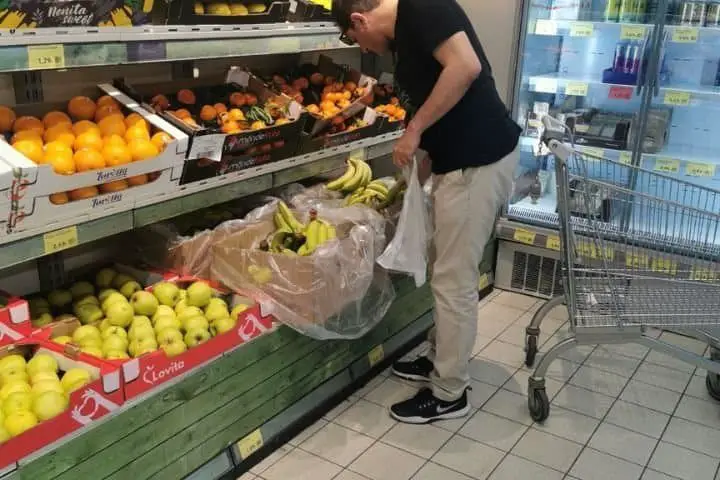
Food costs can make or break your budget. Grocery shopping saved us big time – we’d grab breakfast items and picnic supplies, then splurge on one nice local restaurant daily. Those highway service stations? Total rip-offs! We’d detour slightly to find local bakeries or markets instead.
The Splitwise app was a game-changer for our multi-family trip. It tracked who paid for what and calculated everyone’s share without awkward money discussions ruining the vacation vibe. We used Trail Wallet to track expenses by category, which helped us adjust spending when we noticed we were going overboard on souvenirs!
For currency changes, we’ve found that using a no-foreign-transaction-fee credit card for big purchases and withdrawing local cash from ATMs gives better rates than those currency exchange places. Make sure you notify your bank about your travel plans – nothing worse than having your card frozen while trying to pay for gas in rural France!
Technology and Apps for European Road Trips
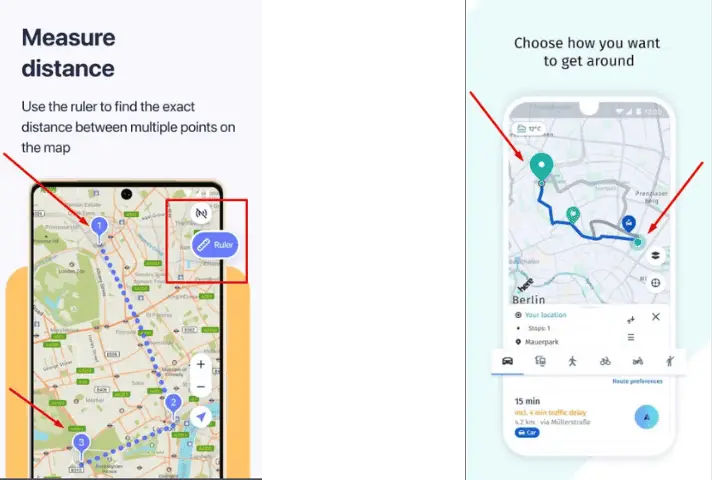
Your phone might be the most valuable tool in your European road trip arsenal! After our GPS died halfway through Spain and we got hopelessly lost in the Pyrenees, we’ve become religious about having backup navigation options.
- Google Maps works fine in cities, but for those mountain routes and rural areas, apps with offline capabilities are absolutely essential. Maps.me and Here WeGo have saved our bacon multiple times when we had zero signal. Just download the country maps before leaving your hotel’s WiFi! Our rule of thumb now is to download maps for at least two navigation apps – technology has a way of failing at the worst possible moments.
- Fuel costs can eat up your budget fast in Europe. The GasBuddy equivalent in Europe is Waze or Fuel Flash, which has saved us up to €15 per tank by directing us to cheaper stations. We once drove an extra 5 minutes off-route in Italy and paid 20 cents less per liter – totally worth it when filling a 60-liter tank!
- Google Translate’s camera feature feels like magic when you’re staring at road signs or menus in Hungarian or Finnish. We once had car trouble in rural Portugal and managed to explain the problem to a mechanic using just the app. You can definitely download language packs for offline use, too, which is super handy in areas with spotty coverage.
- Finding parking in European cities used to be our biggest headache until we discovered apps like EasyPark and Parclick. They work across multiple countries and let you find and pay for parking spots without wrestling with foreign-language parking meters. That time, we circled Barcelona for an hour, looking for parking. Never again!
- Weather apps like AccuWeather or Windy have helped us reroute around flash floods in southern France and avoid a significant snowstorm in the Alps. When your itinerary depends on good driving conditions, having reliable weather forecasts is crucial. We check the hourly forecast each morning while planning our day – nothing ruins a scenic drive like unexpected fog or heavy rain!
Plan Your Trip with Our Favorite Booking Tools
Safety and Emergency Preparedness
Nobody plans to have emergencies on vacation, but being prepared can surely turn a potential disaster into just a minor hiccup! We learned this lesson when our rental car broke down on a remote mountain road in Spain with zero cell service.
The European emergency number is 112 and works in every EU country, which is super handy when you’re crossing borders frequently. But We still keep a list of local emergency numbers too, cause sometimes local services respond faster. We once had to call mountain rescue in the Alps, and having the local number saved us nearly 30 minutes of waiting!
Your emergency kit needs more than you might think. Beyond the legally required items (safety vests, warning triangles), we always pack a first aid kit, flashlight, portable phone charger, water bottles, and some shelf-stable snacks. That thermal blanket we threw in last minute? It was a lifesaver when we got stuck for three hours in a snowstorm in the Dolomites!
Vehicle maintenance becomes crucial on these long trips. We constantly check tire pressure weekly and oil levels every few days. Most European rental cars run on diesel, and accidentally filling up with regular gas can cause thousands in damages. Double-check which fuel your vehicle needs and confirm it at every gas station.
For insurance, the basic coverage rental companies offer often excludes tires, windows, and the undercarriage – exactly the parts most likely to get damaged! We learned to spring for the comprehensive coverage after paying €600 out-of-pocket for a cracked windshield in Italy. And make sure your policy includes roadside assistance that works across all countries you’ll visit.
Driving in unfamiliar environments takes extra focus. We take more frequent breaks than at home – stopping every 2 hours keeps us sharp. And we’ve adopted the “co-pilot” system where the passenger helps navigate and watches for unusual road signs. This partnership approach has saved us from numerous wrong turns and potential accidents when driving on the “wrong” side in the UK!
Packing Essentials for a European Road Trip
Packing for a European road adventure always stresses us out! After forgetting important documents on our first trip (nightmare at the Swiss border!), We have finally nailed down a system that works.
Let’s talk vehicle stuff first. Most European countries require you to carry safety vests for everyone, a warning triangle, and a first aid kit. France even requires breathalyzers! These items can often be rented with your car, but double-check before you leave the lot.
The weather in Europe can be super unpredictable. We experienced four seasons in one day driving through the Alps! Layering is your best friend here. Pack clothes that can be easily mixed and matched. During our spring trip through Spain and Portugal, temperatures ranged from 45°F in the mountains to 85°F along the coast.

Electronic-wise, don’t forget a good car charger with multiple USB ports. Our family of four was fighting over charging time until we invested in a proper one. And those European electrical outlets are different – get yourself a quality adapter with surge protection. I learned that one after my wife fried her hair straightener in a tiny Italian hotel!
Space is always tight in rental cars. Soft duffel bags work way better than hard suitcases cause they can be squished into weird spaces. Packing cubes seriously changed our life – they compress your clothes and keep everything organized when you’re living out of a suitcase for weeks.
Some items are better bought locally. Snacks, water bottles, and basic toiletries take up valuable luggage space and are easy to find anywhere. The money you’ll save on airline baggage fees can be spent on that amazing roadside gelato instead!
Smart Money-Saving & Budget Planning Tools
Reduce costs and optimize your Europe road trip with these helpful resources focused on budgeting, fuel prices, rental strategies, and hidden gems:
Final Words
Planning a European road trip may seem overwhelming at first, but with careful preparation and the right resources, it becomes an achievable adventure that will create memories lasting a lifetime. Remember that flexibility is key – some of the best experiences come from unexpected detours and discoveries along the way.
Whether you’re winding through the vineyard-covered hills of Tuscany or cruising along Norway’s dramatic fjords, a European road trip offers unparalleled freedom to experience the continent’s diverse cultures, cuisines, and landscapes.
Start planning your route today, gather your essential documents, download the recommended apps, and prepare for the journey of a lifetime across Europe’s legendary roads!
💬 We’d love to hear from you!
Have questions, tips, or personal travel stories to share? Drop them in the comments below — your insights help fellow travelers plan their adventures too.

